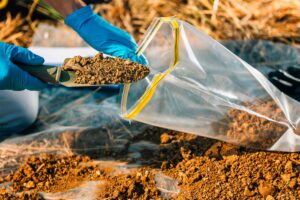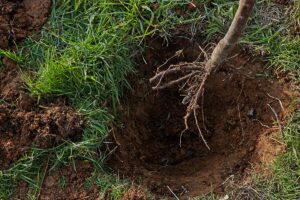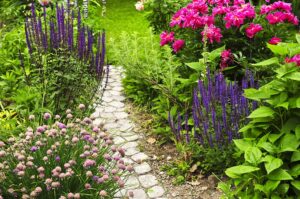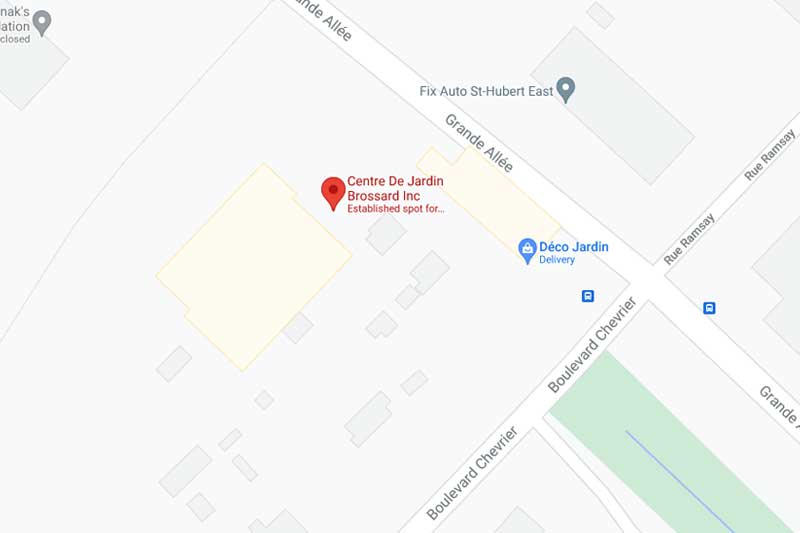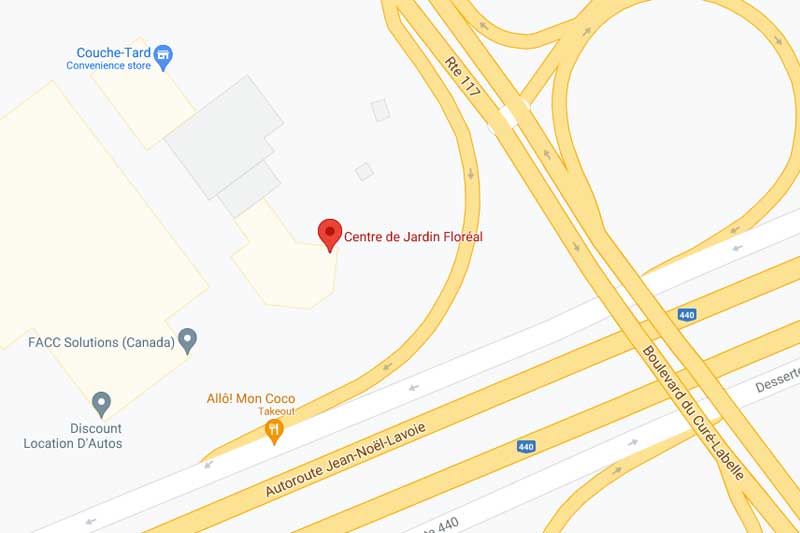It’s summertime! We can finally take full advantage of the sun and heat that are often quite short-lived. Of course, it is recommended to reduce the intensity of your activities and to stay well hydrated… It’s the same for your plants!
Effective watering at the right time will help your plants get through the heat wave more easily. Be careful! Pay particular attention to your municipal bylaws, as many cities have restrictions on water use during heat waves.
Here is how you can optimize watering so that your plants look their best, while saving drinking water:
Vegetable garden
Your fruits, vegetables and herbs need water daily. Whether they are in a container or in- ground, they must be watered thoroughly: gently and for a long time. Water early in the morning or when the sun goes down and avoid watering the foliage of your plants as much as possible. Water close to the ground with a light flow of water to avoid water loss by runoff, and water several times in the same place to give the water time to penetrate the soil.
Lawn
Il y a deux situations distinctes en ce qui concerne les pelouses : les nouvelles plantations, en semis ou en plaque, et les pelouses établies.
There are two distinct situations for lawns: new plantings – seedlings or sod – and established lawns.
New plantings need water. The soil must be kept moist at all times for the lawn to develop its root system and become established. Water early in the morning, either manually or with an oscillating watering sprinkler that you can connect to a timer. It is important to go deep, so water longer with less water at a time. Initially, we recommend watering twice a day, in the morning and evening, for about 30 minutes, if there is no precipitation. You can vary the areas you irrigate during each watering to ensure that all parts of your yard get the water they need. Do not water your lawn, or any other plant for that matter, in broad daylight under the hot sun, it’s not effective as the water evaporates almost entirely.
Established lawns are more self-sufficient and require less water than popular belief suggests. In non-heaty periods, rain and morning dew are often sufficient to meet its needs. When it is very hot, deep watering it early in the morning will help keep it green. Be careful not to confuse drought with dormancy. Lawns naturally go dormant when it is very hot, which is how they protect themselves. It will temporarily turn yellow and dry, but will regain its vigour as soon as warmer temperatures return. It’s important not to mow a dormant lawn and to avoid watering it – nature knows what to do.
Flowerbeds
Your flowerbeds also need watering during this heat wave, but not daily. Stick your finger in the soil and water only if it’s dry to within an inch of the surface. Annuals often require more water than perennials, which require more water than shrubs. It’s important to make sure you give the right amount of water to the right type of plant. You can do this manually, again ideally early in the morning, or you can opt for a weeping hose that will release water slowly over a long period of time. Also opt for a good layer of mulch that limits water evaporation and keeps the soil moist longer.
Pots and containers
Of course, plants in containers often need more water than those in the ground. It is important to make sure that the soil is always moist. Many types of pots offer a water reserve from which the roots can draw when needed. Smaller pots will dry out quicker, while larger pots can give you a break. Water early in the morning or evening, while avoiding touching foliage as much as possible.
You can use a drip irrigation system that will deliver water to your plants continuously, and without much effort on your part. You can also invert a bottle filled with water and push the neck into the soil of your pots. The water will run off quietly to prevent your plants from drying out. If you’re away from home for a few days, these are two very effective solutions.
Do I have to water trees and cedar hedges?
In the case of newly planted young trees, yes, watering is necessary, even in non-heaty periods. The soil must remain moist for the first few weeks to promote rooting. Once the tree is well established, unless the heat wave extends over a very long period of time, the tree’s roots will be able to go deeper into the soil to meet its needs. Coniferous trees, including cedars, often need to be well watered in the fall, which is when they will stock up for winter.
In addition to the many models of watering cans, manuals, poles, oscillators, sprinklers and others, there are several solutions to help you optimize your watering: soaker hoses, rain barrels, timers, etc. Come and discuss it with us in store!


